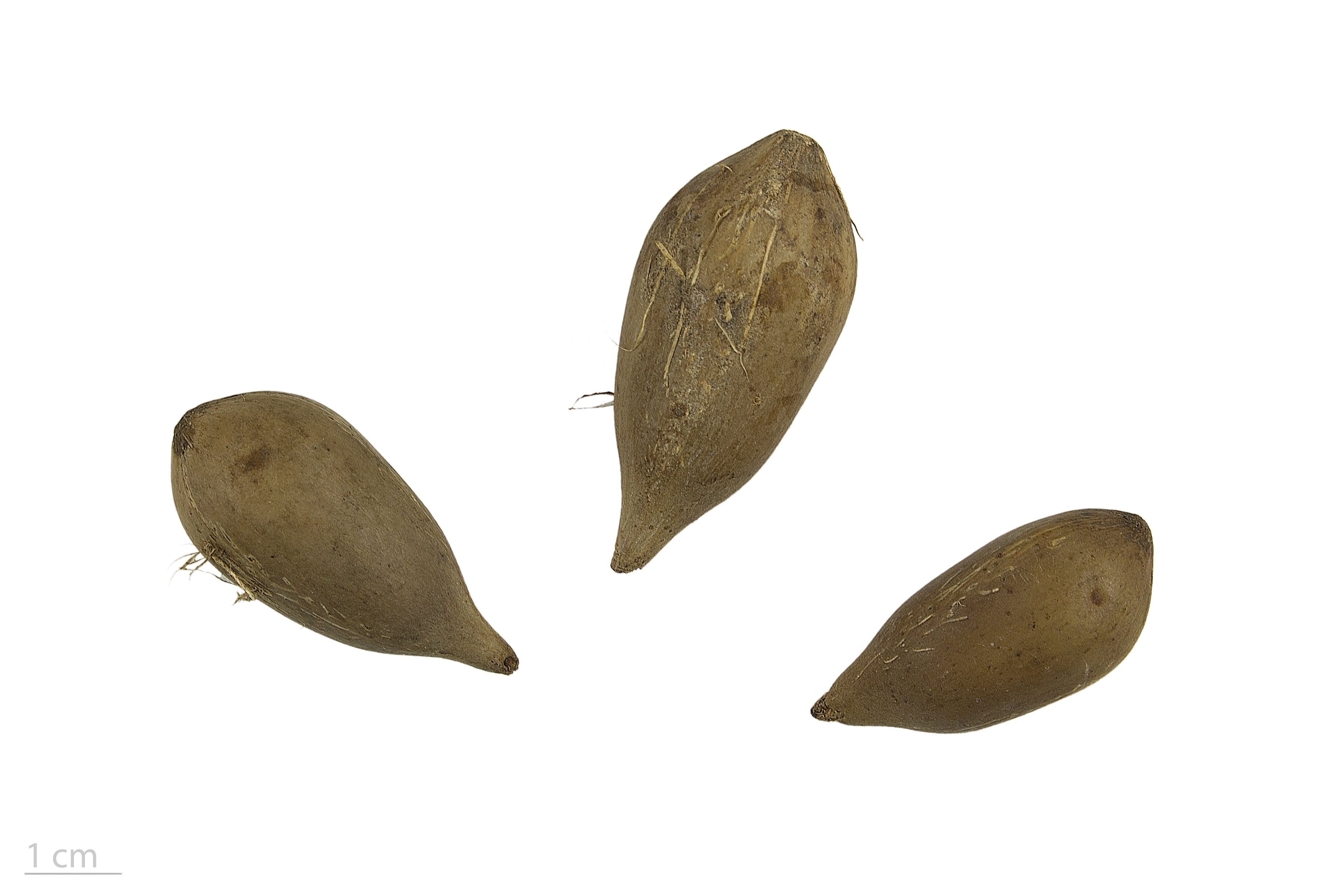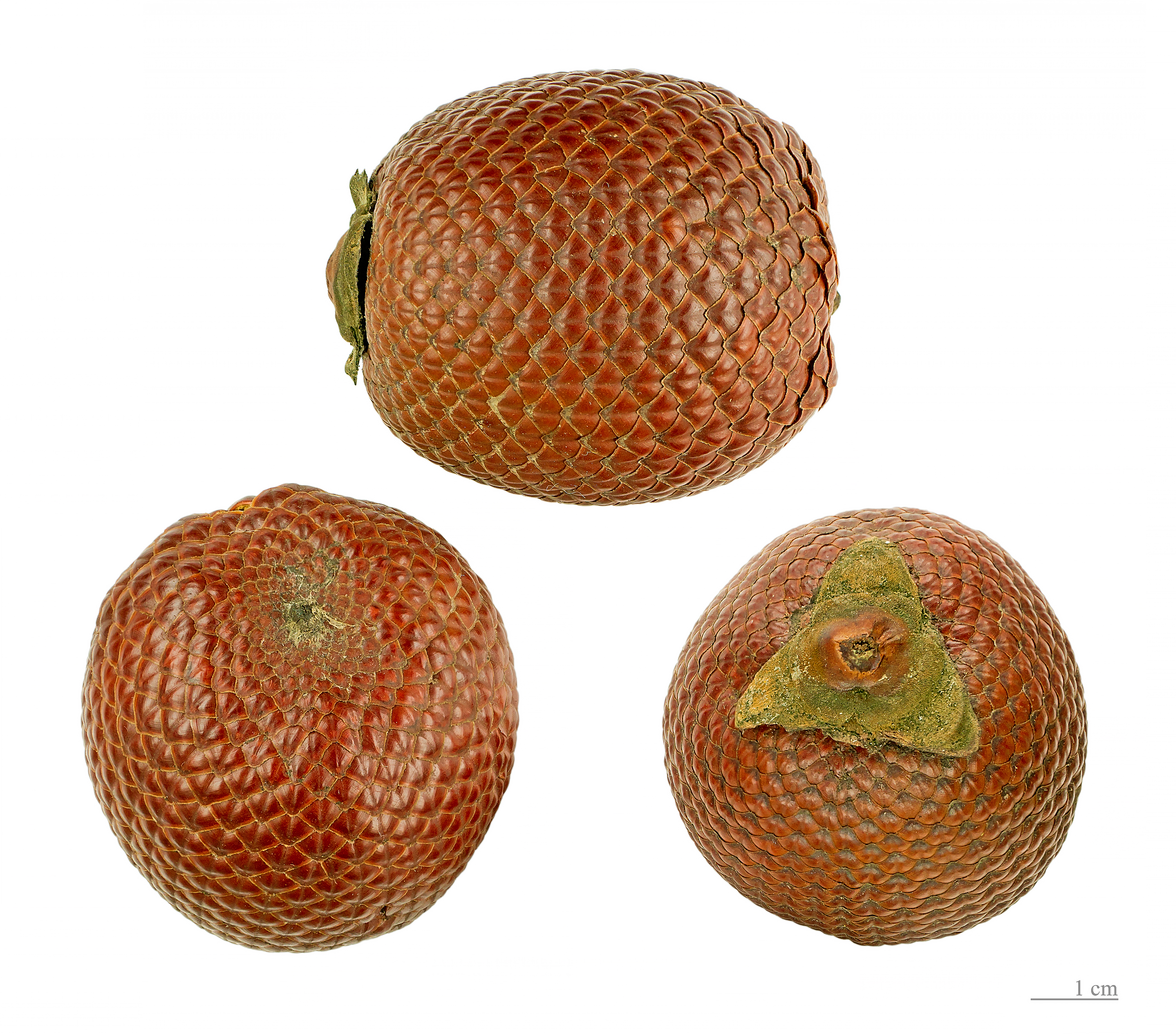|
Tapajós National Forest
The Tapajós National Forest ( pt, Floresta Nacional do Tapajós) is a Brazilian national forest in the state of Pará, Brazil. It supports sustainable exploitation of the natural resources in an area of Amazon rainforest. Location The Tapajós National Forest has an area of . It is in the municipalities of Belterra, Aveiro, Rurópolis and Placas in the state of Pará. The unit is bounded by the Tapajós, the Cupari River, a tributary of the Tapajós, and the BR-163 Santarém–Cuiabá road. Part of the forest drains into the Tapajós to the west, and part drains into the Curuá Una River basin to the east. The Moju River, a tributary of the Curuá-Una, rises in the forest. The side of the forest along the banks of the Tapajós has elevations of about cut by ravines and deep valleys. The flat areas are periodically flooded in the rainy season. Further from the river the forest is on the Tapajós-Xingu plateau, with elevations of . Environment The Tapajós National Fore ... [...More Info...] [...Related Items...] OR: [Wikipedia] [Google] [Baidu] |
Santarém, Pará
Santarém () is a city and municipality in the western part of the state of Pará in Brazil. Located at the confluence of the Tapajós and Amazon Rivers, it has become a popular tourist destination. It is the second-most important city in the state, and the financial and economic center of the western part of the state. It leads the Santarém Metropolitan Area, made up of Santarém, Belterra and Mojuí dos Campos. It was once home to the Tapajós Indians, a tribe of Native Americans after whom the river was named. They were the leaders of a large, agricultural chiefdom that flourished before the arrival of Europeans. It is located some 800 km (500 mi) from the two largest cities in the Brazilian Amazon: Manaus, upriver in the state of Amazonas, and the Pará state capital Belém, located downriver at the mouth of the Amazon on the Atlantic Ocean. Santarém has an estimated population of 306,480 people (2020), and is the third most populous city of the state. The city ... [...More Info...] [...Related Items...] OR: [Wikipedia] [Google] [Baidu] |
Attalea Maripa
''Attalea maripa'', commonly called maripa palm is a palm native to tropical South America and Trinidad and Tobago. It grows up tall and can have leaves or fronds long. This plant has a yellow edible fruit which is oblong ovoid and cream. An edible oil can be extracted from the pulp of the fruit and from the kernel of the seed. Description ''Attalea maripa'' is a large palm that grows from tall. Stems range from in diameter, occasionally reaching up to . Trees have 10 to 22 leaves with long petioles. Fruit are large and brown or yellow, with 2 or 3 seeds which are long and in diameter They are borne in infructescences which can contain several hundred to over 2000 fruit. Taxonomy The species was first described by French botanist Jean Baptiste Christophore Fusée Aublet in 1775 in his ''Histoire des plantes de la Guiane Francoise'' as ''Palma maripa''. German botanist Carl Friedrich Philipp von Martius transferred it to the genus ''Attalea'' in 1844. Hermann Wendland ... [...More Info...] [...Related Items...] OR: [Wikipedia] [Google] [Baidu] |
Mauritia Flexuosa
''Mauritia flexuosa'', known as the moriche palm, ''ité'' palm, ''ita'', ''buriti'', ''muriti'', ''miriti'' (Brazil), ''canangucho'' (Colombia), ''acho'' (Ecuador), or ''aguaje'' (Peru), is a Arecaceae, palm tree. It grows in and near swamps and other wet areas in tropical South America. ''Mauritia flexuosa'', a tree, can reach up to in height. The large leaves form a rounded crown. The flowers are yellowish and appear from December to April. The fruit, which grows from December to June, is a chestnut color and is covered with shiny scales. The yellow flesh covers a hard, oval nut. The seeds float, and this is the means by which the palm tree propagates. In natural populations, the tree reaches very high densities. Fruit Moriche palm fruit ("morete" in the Oriente (Ecuador), Oriente of Ecuador) is edible and used to make juice, jam, ice cream, a fermented "wine", desserts and snacks, requiring harvesting of more than 50 tonnes per day in Peru. The inflorescence buds are eaten ... [...More Info...] [...Related Items...] OR: [Wikipedia] [Google] [Baidu] |
Lecythis Paraensis
''Lecythis'' is a genus of woody plant in the Lecythidaceae family first described as a genus in 1758. It is native to Central America and South America. Species Uses Several species produce edible seeds and referred to by a variety of common names including paradise nut, monkey pot, cream nut, and sapucaia nut. ''Lecythis zabucajo'' is perhaps the most important edible species, but the seeds of ''L. ollaria'' and ''L. pisonis'' are also used. References External linksA website with an exhaustive list of links about Lecythidaceae*Kubitzki (ed.) 2004. ''The Families and Genera of Vascular Plants. Volume VI. Flowering plants. Dicotyledons. Celastrales, Oxalidales, Rosales, Cornales, Ericales.'' Springer. Google Books: https://books.google.com/books?id=O-tHGAaaf2cC Ericales genera Taxonomy articles created by Polbot {{Lecythidaceae-stub ... [...More Info...] [...Related Items...] OR: [Wikipedia] [Google] [Baidu] |
Inga Disticla
''Inga'' is a genus of small tropical, tough-leaved, nitrogen-fixing treesElkan, Daniel. "Slash-and-burn farming has become a major threat to the world's rainforest" ''The Guardian'' 21 April 2004 and shrubs, subfamily Mimosoideae. ''Inga''s leaves are pinnate, and flowers are generally white. Many of the hundreds of species are used ornamentally. Several related plants have been placed into this genus at one time, for example Yopo (Cohoba, Mopo, Nopo or Parica – ''Anadenanthera peregrina'' – as ''Inga niopo''). The seeds are covered with sweet white powder. The pulp covering the seeds is lightly fibrous and sweet, and rich in minerals; it is edible in the raw state. The tree's name originates from the Tupi word ''in-gá'' meaning "soaked", due to the fruit powder consistency. The tree usually blooms twice a year. Within the ''Inga'' genus there are around 300 species, most of them native and growing in the Amazon forest region although some species are also found in Mex ... [...More Info...] [...Related Items...] OR: [Wikipedia] [Google] [Baidu] |
Hura Creptans
Hura, or Houra ( he, חוּרָה, ar, حورة) is a Bedouin town in the Southern District of Israel. It is located near Beersheba and beside the town Meitar. The town was established in 1989 as a part of solution offered by the state for the consolidation of Negev Bedouin population, and was declared a local council in 1996. In it had a population of . Hura is one of seven Bedouin townships in the Negev desert with approved plans and developed infrastructure (other six are: Ar'arat an-Naqab (Ar'ara BaNegev), Lakiya, Shaqib al-Salam (Segev Shalom), Kuseife (Kseife), Tel as-Sabi (Tel-Sheva) and the city of Rahat, the largest among them). History Prior to the establishment of Israel, the Negev Bedouins were a semi-nomadic society that had been through a process of sedentariness since the Ottoman rule of the region. During the British Mandate period, the administration did not provide a legal framework to justify and preserve land ownership. In order to settle this issue, ... [...More Info...] [...Related Items...] OR: [Wikipedia] [Google] [Baidu] |
Genipa Americana
''Genipa americana'' () is a species of trees in the family Rubiaceae. It is native to the tropical forests of North and South America, as well as the Caribbean. Description ''Genipa americana'' trees are up to 30 m tall and up to 60 cm dbh. Their bark is smooth with little fissures. The leaves are opposite, obovate, or obovate oblong, 10–35 cm long, 6–13 cm wide, and glossy dark green, with entire margin, acute or acuminate apex, and attenuated base. The inflorescences are cymes up to 10 cm long. The flowers are white to yellowish, slightly fragrant, calyx bell-shaped, corolla at 2–4.5 cm long, trumpet-shaped, and five- or six-lobed. The five short stamens are inserted on top of the corolla tube. The fruit is a thick-skinned edible greyish berry 10–12 cm long, 5–9 cm in diameter. Distribution and habitat ''Genipa americana'' is native to the tropical forests of the Americas, from tropical Florida south to Argentina. It is pres ... [...More Info...] [...Related Items...] OR: [Wikipedia] [Google] [Baidu] |
Dinizia Excelsa
''Dinizia excelsa'' is a South American canopy- emergent tropical rainforest tree species in the family Fabaceae, native to primarily Brazil and Guyana. In Portuguese it is known as angelim-vermelho, angelim, angelim-pedra, and paricá, or sometimes angelim-falso, faveira, faveira-dura, faveira-ferro or faveiro-do-grande. In Trio it is called awaraimë. In Wapisiana it is called parakwa. Description It is the tallest-growing species in the pea family, Fabaceae and one of the tallest tropical tree species in any family, reaching and taller. The unarmed trunk is cylindrical, the bole of larger specimens 15–22.5 m, up to 3 m in diameter at soil level. The DBH of mature specimens is typically between , moderately to strongly buttressed, the buttresses to 4–5 m tall.plantsoftheworldonline.org ''Dinizia excelsa'' Ducke/ref> The heartwood is reddish brown with a slightly paler sapwood. The wood is durable and difficult to work with due to its density and irregular grain. Distri ... [...More Info...] [...Related Items...] OR: [Wikipedia] [Google] [Baidu] |
Cordia Goeldiana
''Cordia'' is a genus of flowering plants in the borage family, Boraginaceae. It contains about 300 species of shrubs and trees, that are found worldwide, mostly in warmer regions. Many of the species are commonly called manjack, while ''bocote'' may refer to several Central American species in Spanish. The generic name honours German botanist and pharmacist Valerius Cordus (1515–1544). Like most other Boraginaceae, the majority have trichomes (hairs) on the leaves. Taxonomy The taxonomy of ''Cordia'' is complex and controversial. Gottschling et al. (2005) say this is partly due to "extraordinarily high intraspecific variability" in some groups of species, making identification difficult, and partly due to new taxa having been "airily described on the basis of poorly preserved herbarium specimens". Selected species *''Cordia africana'' Lam. – White manjack *''Cordia alliodora'' ( Ruiz & Pav.) Oken – Spanish elm, Ecuador laurel, salmwood, bocote (Neotropics) *''Cordia bo ... [...More Info...] [...Related Items...] OR: [Wikipedia] [Google] [Baidu] |
Copaifera Ducke
''Copaifera'' is a genus of tropical plants in the legume family Fabaceae. The scientific name means " copal-bearer" (or more accurately, ''copaiba''-bearer), since economically important resins and essential oils can be acquired from them. They are also important for production of biodiesel and wood, especially ''Copaifera langsdorffii''. Other species are threatened, mainly by deforestation. Oil extracts from the genus are of particular interest as a source of antimycobacterial agents. Notable species *'' Copaifera epunctata'' *''Copaifera guyanensis'' *''Copaifera langsdorffii ''Copaifera langsdorffii'', also known as the diesel tree, is a tropical rainforest tree. It has many names in local languages, including kupa'y, cabismo, and copaúva. Biological description ''Copaifera langsdorffii'' is a medium-sized to larg ...'' – Diesel tree, kerosene tree, kupa'y, cabismo, copaúva *'' Copaifera martii'' *'' Copaifera multijuga'' *'' Copaifera officinalis'' *'' Copaifera ... [...More Info...] [...Related Items...] OR: [Wikipedia] [Google] [Baidu] |



